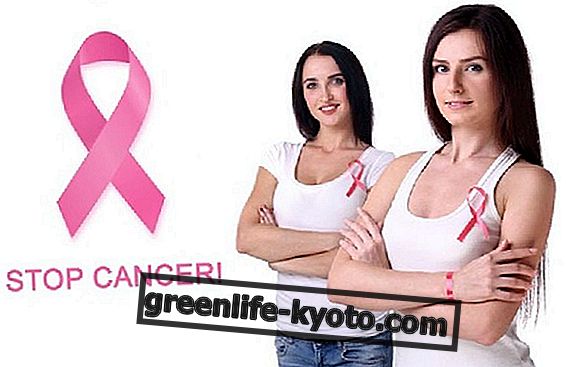
The god Ganesh is, without a doubt, one of the most popular in all of India and also outside of Indian territory.
It is celebrated from the Himalayas to the Adam's Bridge and is considered one of the most propitious to worship.
It has a very unique history and about forty names, only taking into consideration the most widespread: alongside the name Ganesh (or Ganesha), we find Ganapati (Lord of the gods), Akurath (the one who has a mouse for a vehicle), Bhuvanpathi ( Absolute Lord), Ekadanta (with one tooth), Durja ( unconventional ), Eshanputra (son of Shiva), Gajakarna (with elephant ears), Gaurisuta (son of Gauri), Kavisha (king of poets), Kripalu (compassionate ), Avighna (one who removes obstacles).
Symbology in Hindu culture
In Indian culture, the name and form, namarupa, are two very important and revealing attributes of inner truth, two aspects of it, a bit like in quantum physics where the particle-wave dualism is revealed as a dual expression of the same entity : particle as shape and wave as vibration, then sound.
We therefore pay attention to the symbols inherent in the name and form of this deity. But before going into the iconography, a bit of history.
The story of the god Ganesh
There is no single coherent version of the history of the god Ganesh, but many nuanced variants. Here we report the most popular: while Shiva was away from home fighting a baby elephant demon, Gajasura, the goddess Parvati, about to bathe and need a guardian, built one with turmeric paste ( for this Ganesh is often represented yellow ) and blew you into life.
Ganesh, the most faithful guardian of his mother, was born . Upon returning home, Shiva saw himself unable to approach his consort from this powerful stranger who, after a struggle, cut off his head.
Parvati, enraged, planned to destroy all creation and Brahma convinced Shiva to repair the damage. He did it by replacing Ganesh's head with the elephantine head of the newly dead enemy Gajasura . Consequently, Shiva accepted Ganesh as his son.
The symbolism of the name of Ganesh
The name Ganesh, like all Sanskrit words, has various meanings . One derives from the etymology Gana + Isha, where Gana represents a group of entities in the service of Shiva and Isha stands for lord; therefore it would mean S ignore the troops of the Ghana .
On the other hand, the syllable Ga represents the intellect proper, the buddhi, while the syllable Na symbolizes wisdom, gnosis . As said Isha stands for Lord, therefore according to this interpretation Ganesh would be for Lord of the intellect and of gnosis .
Iconography of the god Ganesh
There are various forms of Ganesh, 32 to be exact, but the most classic ones identify it as reddish yellow, paunchy, with an elephant's head.
Let's analyze some details:
> Large ears indicate his aptitude for listening to the prayers of devotees ; one of his 4 hands holds a rope (or whip), to pull up the souls ; the mouse that accompanies it always embodies desire, Ganesh is therefore the one who controls and sits above desires ;
> the food placed in front of him symbolizes material abundance, placed at his feet and of which he can dispose generously; the big belly represents the ability to "digest" all the types of energy that pass through existence ; another hand shows the palm to bless and protect the spiritual path ;
> the ax he carries in a third hand is used to cut ties with ignorance ;
> the sweets he holds in his last hand represent bliss as a reward for a wise life ; the missing tusk represents the propensity to sacrifice for a good cause .
The elephant is a symbol of primordial and universal power, but in the case of Genesh this manifests itself balanced with gentleness and a gentle attitude.
The various forms of Ganesh
As said it can manifest itself in many forms, some childish and joyful, others valiant and powerful, generally colored red and full of weapons, in some cases celibate while in others accompanied by a consort.
He rarely has two heads, sometimes he is represented as a yogi like his father; when he has eight arms he is the one who removes obstacles, sometimes he has a climbing flower in his hand and he is predisposed to accept offers, when he is at Mother's service he rides a lion and shows up to 5 heads, when he embodies abundance he presents himself with gold coins and two women at the sides.
Sometimes she dances, sometimes she sits on a cow and eats mangoes, a sign of victory; sometimes it appears golden and represents the other consciousness, other times it has a lotus in its hand and acts as a liberator, sometimes its face has leonine features while at other times it is composed of green leaves.













